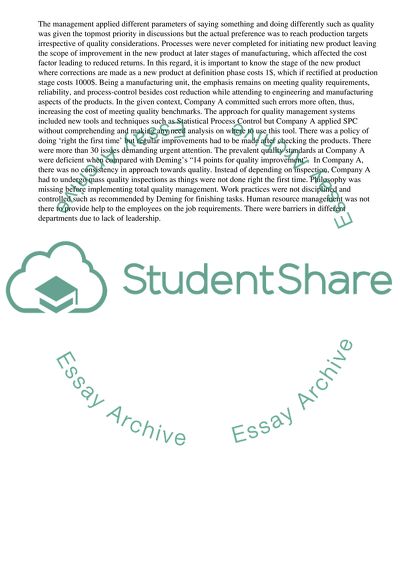Cite this document
(Approach Used for Total Quality Management before the Implementation Assignment, n.d.)
Approach Used for Total Quality Management before the Implementation Assignment. Retrieved from https://studentshare.org/management/1574812-total-quality-management-case-study
Approach Used for Total Quality Management before the Implementation Assignment. Retrieved from https://studentshare.org/management/1574812-total-quality-management-case-study
(Approach Used for Total Quality Management before the Implementation Assignment)
Approach Used for Total Quality Management before the Implementation Assignment. https://studentshare.org/management/1574812-total-quality-management-case-study.
Approach Used for Total Quality Management before the Implementation Assignment. https://studentshare.org/management/1574812-total-quality-management-case-study.
“Approach Used for Total Quality Management before the Implementation Assignment”, n.d. https://studentshare.org/management/1574812-total-quality-management-case-study.


